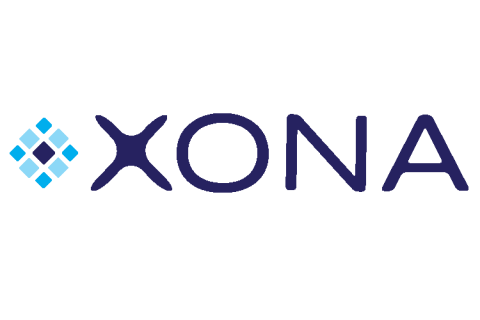Wanted: Reward of up to $10 million for critical infrastructure hackers
The U.S. government aims to tackle cybercrime, in particular attacks targeting critical infrastructure. For this purpose, the U.S. State Department has announced a reward of up to $10 million to anyone who offers valid information about any potential cyberattacks on critical infrastructure supported by foreign states.





